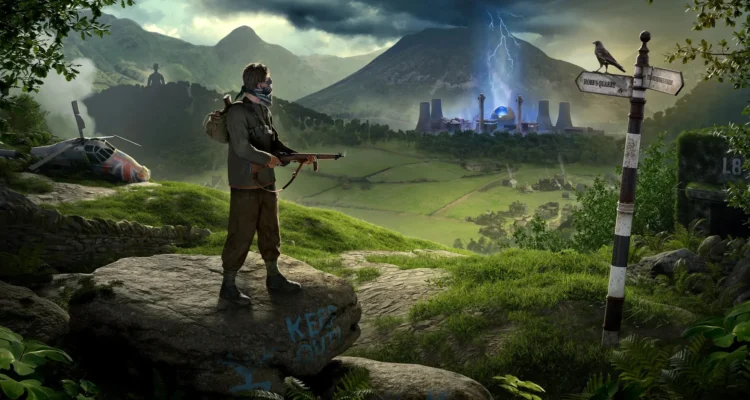The amnesiac trope has been used many times over the years, throughout all forms of media. Now, it comes to interactive life again, through Rebellion’s Atomfall. A mysterious, intriguing and perplexing game, it’s been talked about a lot since being revealed without much information shared. Now that we’ve been able to put time into it, we can tell you what to expect, as well as how it is overall.
Set several years after a real life nuclear disaster, Atomfall begins with its silent (and unnamed) protagonist awakening in a strange bunker. The first person you’ll meet is an injured scientist, who warns you about the dangerous quarantine zone that exists outside, in the vein of Fallout. You can choose to help him, and glean some information, before you’re sent out on your own and must find your own way.
You see, this is a game that doesn’t hold your hand much, unless you ask it to. The experience can be tailored and customized, with different settings for survival, combat and exploration. They can all be changed independently, as can some more specific settings, to create the gameplay experience that you’d prefer. This means having the option for very challenging combat and survival mechanics, or easier ones. The same is true of exploration, as it won’t give you much information about objectives if you don’t want it to.
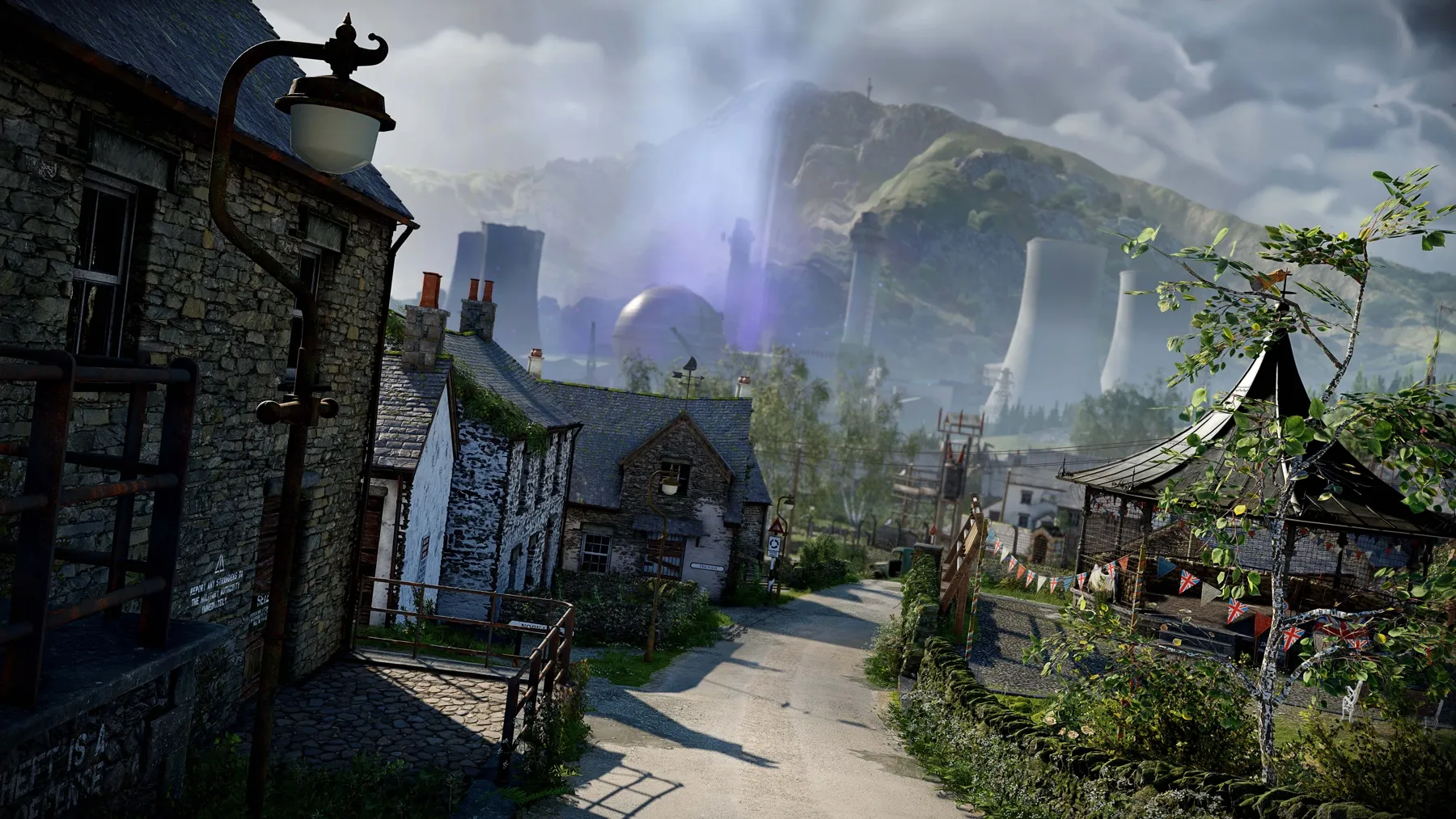
Once you’re out in the quarantine zone, which is kept separate from the rest of Britain and is controlled by different factions, you’ll find leads that act as new quests. These can come in the form of dialogue, letters or something of that ilk, and will give you an idea of where to go. However, unless you have exploration set to one of the easier options, it won’t give you much information by way of objective markers or tell you where things are, exactly. This is both good and bad, because the lack of hand-holding can lead to frustration. The world is definitely interesting and immersive, but getting lost is never fun.
Choosing the right dialogue option can lead to getting NPCs to spill more than they intended, too, so be smart about what you choose to say and when. There are usually at least three different options, but sometimes there are more.
Your general objective is to escape the quarantine zone, but how to do so is unknown at first. In the end, you’ll find that there are several different avenues towards completing the story, and it depends on who you help and work with. For instance, there are the army types who control Wyndham Village, which acts as the game’s most normalized hub. Then, there are the cultists who live in the woods and say that the soil speaks to them. There are also others who you’ll meet, talk to and glean information from, and certain ones will help you find a way out. They all want something different, though, and have their own ideas and beliefs.
This creates a game system that allows for quite a bit of player freedom. I was surprised by how many options I had for certain objectives. I’ll try to explain one early occurrence here.
Upon entering a church, I discovered that there had been a murder. The vicar said that he wasn’t involved, then I found information about the victim’s last steps. Following those led me to a letter regarding her killer’s identity, so I reported back to the church and then threatened the guilty party who pleaded their case. I didn’t plan to tell the military leader who controlled that region about the murder, but ended up doing so later because I needed access to a jail, and he wanted information in return for the key. I did this after taking out the vicar and the two female witnesses, because I discovered that he had an important atomic battery and I couldn’t figure out how to get his key otherwise. Nobody ever said anything about the fact that there were four bodies in the church instead of just one.
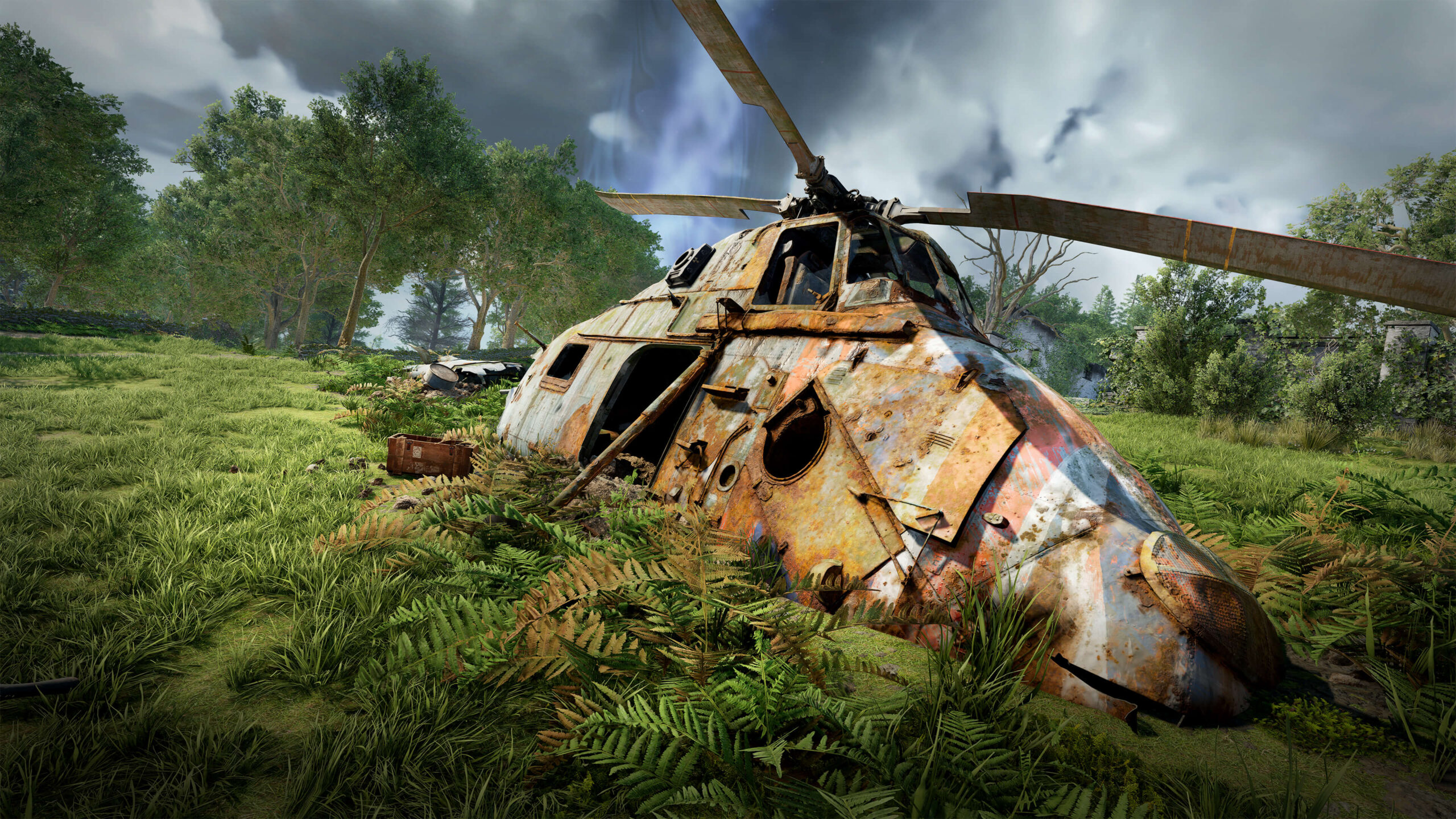
This open-ended design has its drawbacks, too. That’s because, shortly after this, I decided to help someone escape the massive jail, which sat at the end of a well populated guard camp. This was a mistake because, after I let them out they ran through a door into the underground tunnels and locked it behind them. I then spent an hour or so trying to escape from the jail, and got lost or killed more than once. I tried every door, crawled through every crack, and even walked between walls. However, the only exit that I could find was out the front door, and changing the exploration settings to a lower difficulty didn’t help much. It just told me that I had to find a tunnel out in the guard camp. The result was me running for my life, through a good amount of enemies, a couple of turrets and even past a massive mech. I was lucky to survive, and barely did.
Needless to say, it was a frustrating experience.
That’s Atomfall, though. It’s an open-ended experience that doesn’t want to hold the player’s hand, and always aims to have you on your toes. You’ll likely get lost and become frustrated but, if you’re like me, you’ll find settings that mostly work for you, and will enjoy the world it presents.

Although this game drew understandable comparisons to Fallout, it’s not just a clone of Bethesda’s series. There are a lot of similarities, including the first-person viewpoint, mix of melee and ranged combat, inclusion of explosives and traps, and more. However, this is more of a survival game, doesn’t present as many objective markers, severely limits your inventory, and can be completed in less than ten hours if you wish. Furthermore, it’s not fully open world in the traditional sense. The world is made up of several different regions, including the aforementioned village, the woods (where you’ll find patrols of goons, as well as the cultists’ camps and wicker men), the guard encampment by the jail and the Interchange, which is a series of underground tunnels. There, you’ll find a very advanced system of bunkers, reactors and battery ports, and can find/install batteries to bring them back to life.
Around the Interchange, you’ll discover rock caverns hiding both secrets and irradiated zombies, as well as blue flowers that pollute the air and damage you when you’re near them unless you have the right tonic equipped. These dark, nearly pitch black caverns provide an interesting juxtaposition with the much more advanced corridors, rooms, reactors, server rooms and the like built throughout them; not to mention the lush grasses, idyllic streams and green trees above.
While this is an interesting idea, it also frustrated me at times. Due to how dark it is, I found myself struggling to find my way through the caves and to where I needed to be, at least early on. After being lost for a while, it turned out that I’d missed a cave hidden in a heavily shadowed wall, and had spent 30-60 minutes trying to figure out a path through the wrong part of that area. There is a flashlight, but I often forgot about it because it’s not always handy. You have to equip it, and cannot have anything else out.
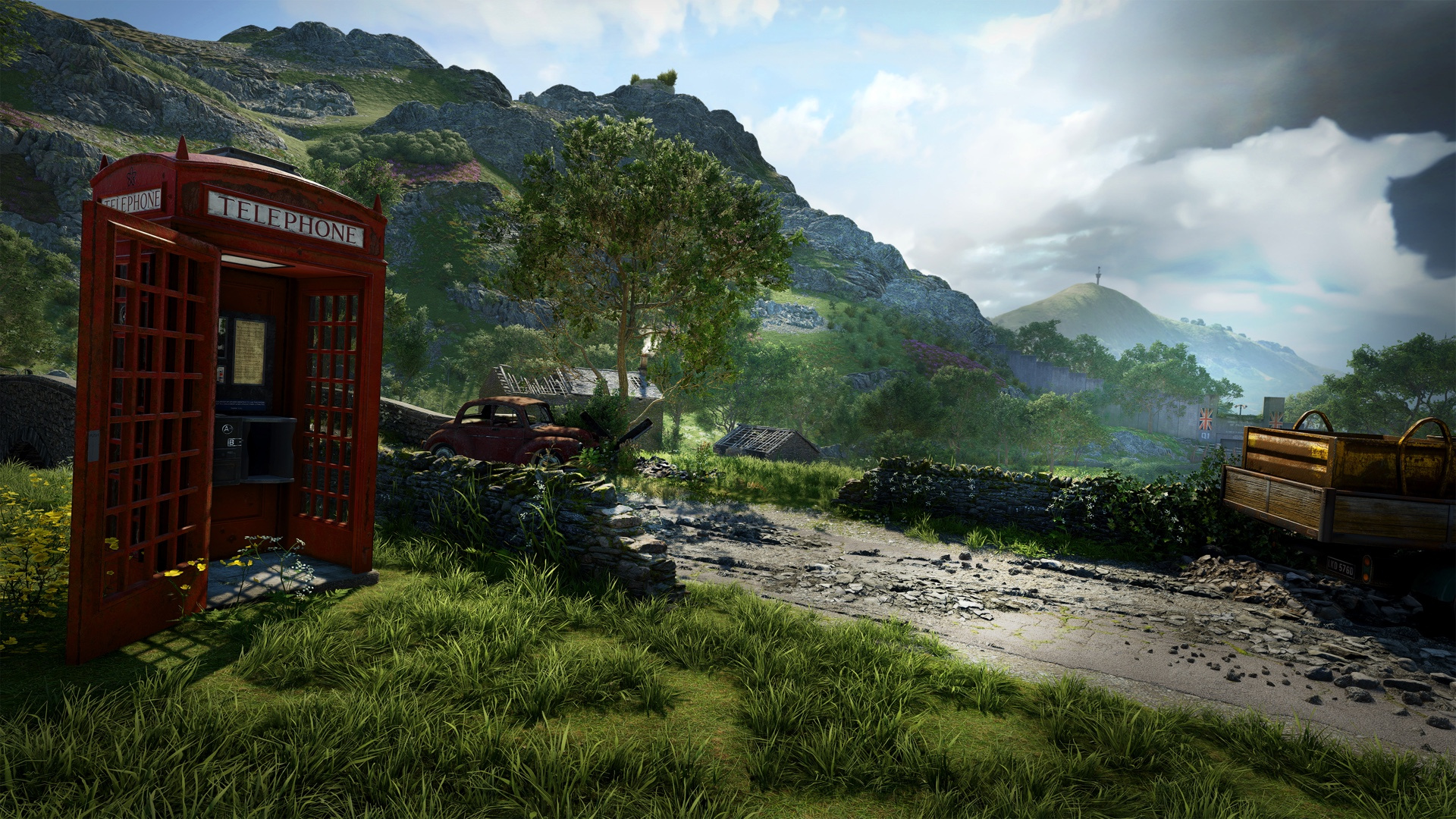
Speaking of equipping things, it’s important to reiterate that Atomfall’s inventory is tiny and limited. The player will always be finding things, but won’t always have room to store or carry them. As such, you’ll need to prioritize the weapons (rifles, shotguns, pistols, SMGs, bows, knives, clubs, swords and stun batons) you like best. It’s possible to holster four guns at once, and to have melee weapons in other slots, and there’s also a way to create d-pad shortcuts for several of them at a time. However, bandages, health kits, batteries, quest items, skill books, explosives and more all take up inventory space too.
This is another area where Rebellion’s latest is kind of at war with itself, because its post-disaster Britain doesn’t feature any currency. Instead, the player must barter with traders, by presenting weapon and/or item-based trades that work for both. Usually, this means overpaying for things you like, want, or need, including batteries. With how limited the inventory is, you’ll also be forced to make tough decisions and give up things that you care about. It’s hard to make a great trade that works and makes both parties feel good, but it can be made easier by purchasing an optional skill upgrade.
Later on, the option to upgrade guns might become available to you. Doing this requires having two different versions of the same weapon, which can be tough given the aforementioned limitations. A lot of the guns you’ll find are rusty, too, so don’t expect anything too great. Ammunition is limited anyways, and the shooting mechanics are merely decent.
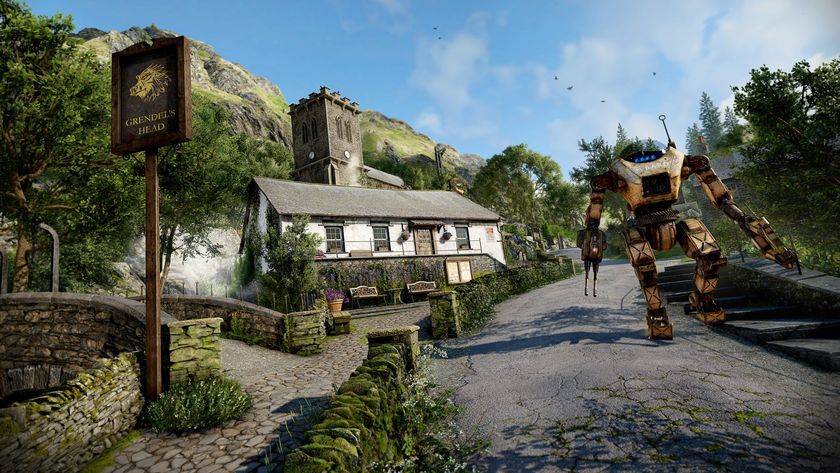
The rest of the stuff you’ll pick up factors into Atomfall’s crafting system, which allows you to combine items into things like bandages, burn salves, radiation blocking tonics, nail bombs, and more. You’ll constantly find and hoard cloth, towels, glass jars, alcohol, and things like that, to serve those purposes.
Along the way, the game will prompt you to pull out a metal detector to find hidden caches. It does the same when it wants you to use a high tech tool to reroute power from one fuse box to another, which is where some puzzle elements come in. That said, there are often other ways to complete objectives, including multiple ways to get this tool, so every player’s experience will differ. However, like the mysterious man who rings the old fashioned phone booths dotted across the map says, you need to be careful about who you trust.
Unlike other games, where there is a defined skill tree, Atomfall makes you discover different unlockable skills and perks. Then, you must find upgrade points on shelves, atop desks or in special chests. After collecting enough, available skill upgrades and perks can be unlocked. These include health boosts, faster health regeneration when wounded, gun and shooting improvements and quieter melee kills. After all, this version of stealthy takedowns isn’t silent, and can alert nearby foes.
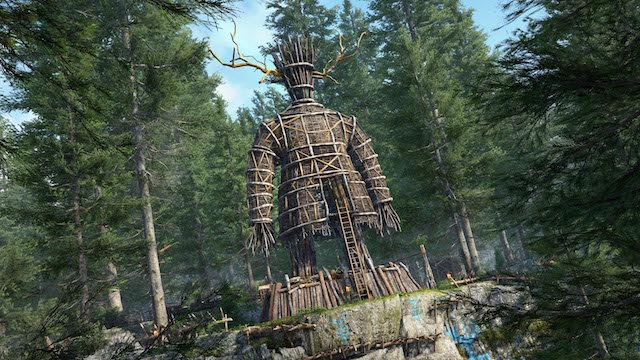
Speaking of stealth, it’s important to note that that’s just one way to play through this game. It’s definitely not the easiest, either, but you’ll want to try in order to avoid middling combat and potentially losing a lot of health. After all, ammunition is limited, and there are groups of enemies on patrol. Sometimes you’ll think you’re doing well, stealth wise, but will then be seen by another nearby foe. That’s because there’s not a lot of tall grass, or anything similar, to hide behind. The stealth is far from perfect, or devoid of frustration, as a result.
As you play through this campaign, you’ll also have to deal with a stamina system that is presented as your character’s heart rate. Running, engaging in melee combat and that sort of thing will contribute to increasing your heart rate. If it gets too high, it will slow you down, and the screen will start to get darker. There are also other visual and audible cues, like the camera kind of shaking. Of course, how much this affects one’s experience will depend on the settings they’ve selected, because it’s possible to make it so that unlimited sprint is allowed. Then again, you can always have a cup of tree piss (tea) to calm your nerves.
All of the above combines to create an interesting, relatively large and occasionally frustrating experience, which is kind of like a playground and a character study of sorts. It’s overwhelming in the way that you’re constantly finding new notes and leads, and it can take a while to get used to how things work. It’s also easy to get confused as to what you should prioritize, but that’s just part of the game’s design. There are a number of different people to work with, and they all have their own thoughts, hopes and agendas, so the player must align with the faction he or she feels is best. This allows for some replay value, even though the available endings simply result in slideshows as opposed to anything substantial. At least three of the six, or so, available endings can also be earned by changing your choice at one pivotal moment. I simply reloaded my save, then played my way towards two additional endings, seeing three in total.
Sadly, the mystery at the forefront of this game is more interesting than its conclusion. I feel that the writers missed a chance to make this a really memorable story, and got the feeling that they struggled to think of a great ending. I saw approximately half of them, and they were all too similar. They left me wondering if that was truly it.
The result of all of this is a good game that tries to do too much, and is occasionally at war with itself. While Atomfall presents an immersive, intriguing, mysterious and enjoyable campaign, it does a lot of things but none exceptionally well. The combat is just ok, the stealth is flawed, the inventory can be very restricting and it can be hard to make a good barter deal. Plus, it’s easy to get lost and overwhelmed, and occasionally frustrated. Still, I enjoyed most of my time with it despite these grievances, and don’t think you should avoid it because of them. This is a good game.
I really liked this one at first, and thought it was beautiful. Then, I encountered some frustration in the jail and at other times. Once I progressed, I started to enjoy it again. However, it most certainly had its flaws and problems.

Presentation-wise, Atomfall is a treat. Although the English countryside isn’t the most unique or varied location, what with its large fields, plethora of grass, lots of old and empty ruins and the like, it provides a good game world herein. It’s also nice on the eyes, unlike the average post-apocalyptic setting, due to it being full of colour. Sure, green is most prevalent, but it looks alive. That is, despite there not being a lot of animal or plant life, outside of the occasional poison spitting plant, or groups or rats, birds or bats that have become incensed by the energy emitted from the disaster. They’ll swarm you and pester you, taking bits of your health bar with them, and the same is true of wasps, though you can kill most of them by shooting an arrow at their purple nests.
The visuals are detailed, the character models look good and things run relatively well. However, I did experience one crash, as well as an occurrence where the game seemed to freeze after I threw a Molotov at a group of five or six enemies. I had to go to the dashboard, quit the game and then restart it. However, upon doing so, I was greeted with a black screen and could not see anything. I ended up having to hold the power button on my Xbox, then turn my TV on and off several times because it glitched due to some handshake issue. Once the TV’s OS reset, everything seemed fine.
In all honesty, Atomfall ended up becoming more and more buggy as I got closer to its end. One time, the audio dropped. Then, it crashed again. It seemed to become more unstable as I reached the end, but I don’t remember installing any patches either.
The sound is also very fitting for such a game, and I must say that Atomfall is probably the loudest one I’ve played in some time. I’d been worrying that my headset wasn’t that loud, but this proved otherwise. Its sound effects, music and dialogue were all quite boisterous to say the least.
Be prepared for a dose of British slang, though. The odd bit was hard to understand, but I got the gist, and didn’t find it to be as bad or as prevalent as the Aussie slang in Borderlands: The Pre-Sequel. That was something else.
Overall, Atomfall is a flawed but good new IP from the folks behind the Sniper Elite franchise. When it all comes together, it can be quite enjoyable and immersive. However, there were several different design choices that led to occasional frustration. Still, despite these drawbacks, it’s a game that I’m glad I played. I’d been looking forward to it, but wasn’t sure of what to expect, and was going to simply play it on GamePass until we were offered a review code.
This review is based on the Xbox Series X version of the game, which we were provided with.

